Advertisement
Nurse Wellness: Take a minute to do the ABC’s when you wash your hands
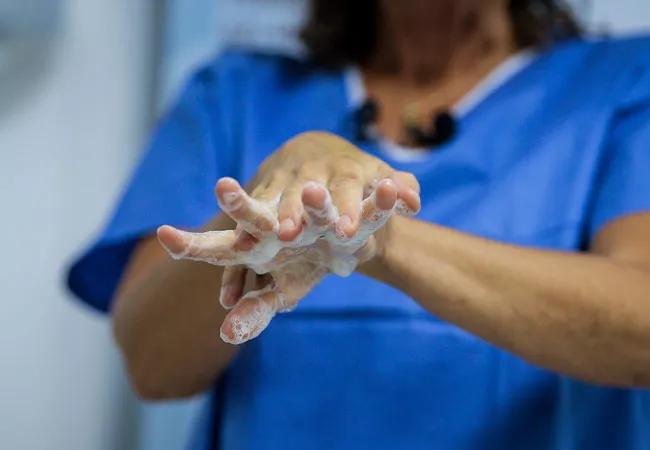
Under normal circumstances, nurses and all healthcare providers wash their hands dozens of times throughout the workday. Today, with the need to wash hands even more frequently, there is concern about stripping hands of their healthy oils and good bacteria. Without these, germs can more easily enter the body. It is important for nurses to combat raw, itchy and painful hands.
Advertisement
Cleveland Clinic is a non-profit academic medical center. Advertising on our site helps support our mission. We do not endorse non-Cleveland Clinic products or services. Policy
The following are recommendations from Cleveland Clinic Dermatology Chief Resident Katherine Glaser, MD, and Nursing Wellness Director Holli Blazey, CNP.
Cleveland Clinic uses hand sanitizers with at least 60% alcohol, which is effective in killing germs. In general, soap and water are more effective than hand sanitizers in removing certain germs from your hands, but alcohol-based hand sanitizers can actually kill certain types of germs. The policy for Cleveland Clinic healthcare providers is as follows:
Use soap and water:
Alcohol rub or gel is fine for the following:
During this high-volume patient time time, Nursing Wellness recommends using the time you wash your hands to take a moment for yourself to do the ABC’s while you “Foam In/Foam Out” before and after seeing patients.
Advertisement
Advertisement
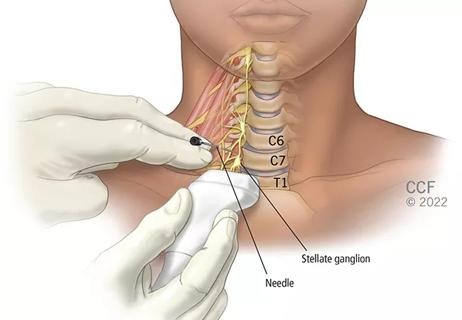
Patients report improved sense of smell and taste
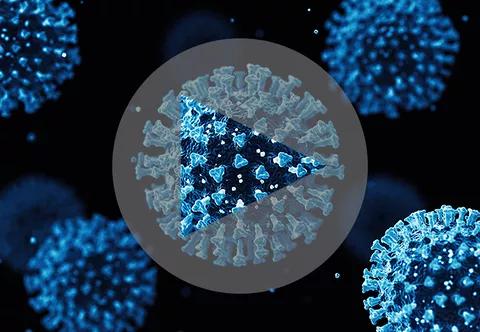
Clinicians who are accustomed to uncertainty can do well by patients
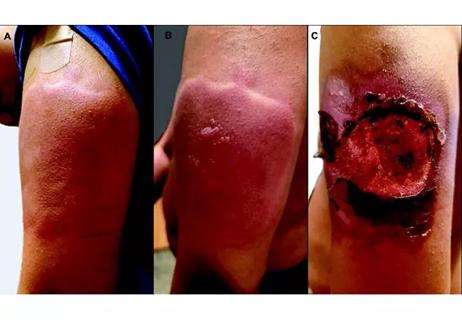
Unique skin changes can occur after infection or vaccine
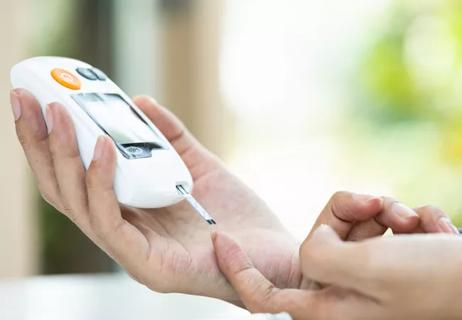
Cleveland Clinic analysis suggests that obtaining care for the virus might reveal a previously undiagnosed condition

As the pandemic evolves, rheumatologists must continue to be mindful of most vulnerable patients
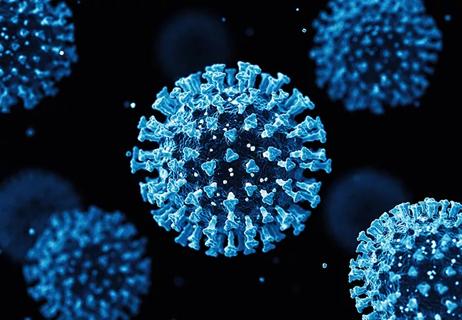
Early results suggest positive outcomes from COVID-19 PrEP treatment
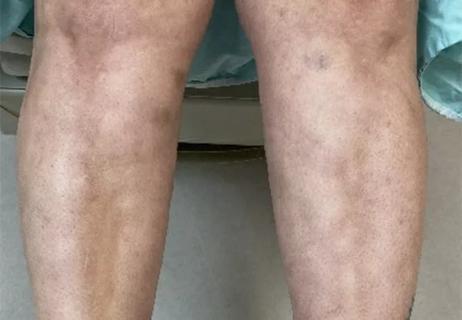
Could the virus have caused the condition or triggered previously undiagnosed disease?
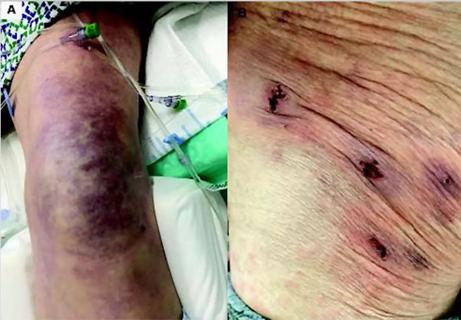
Five categories of cutaneous abnormalities are associated with COVID-19